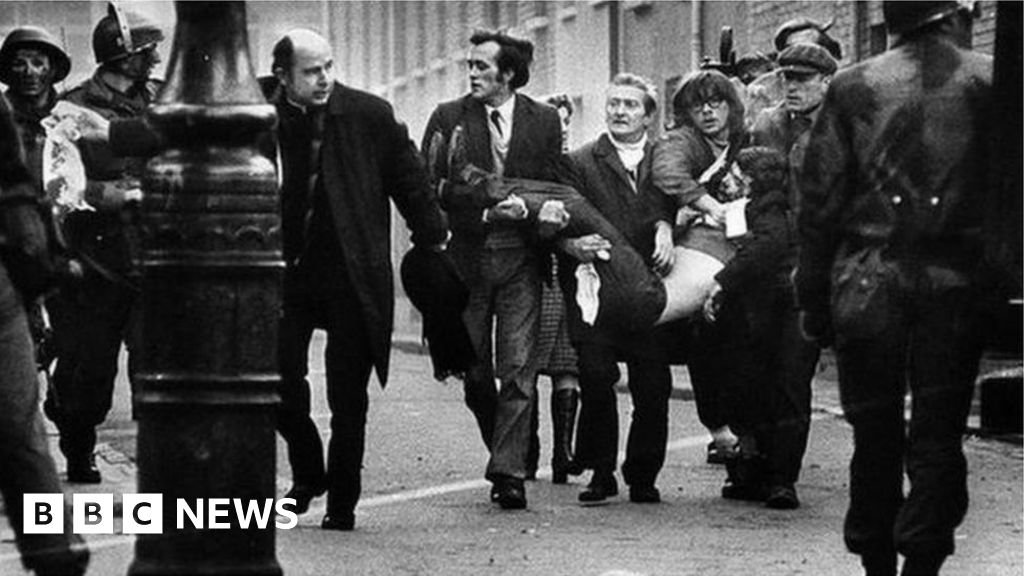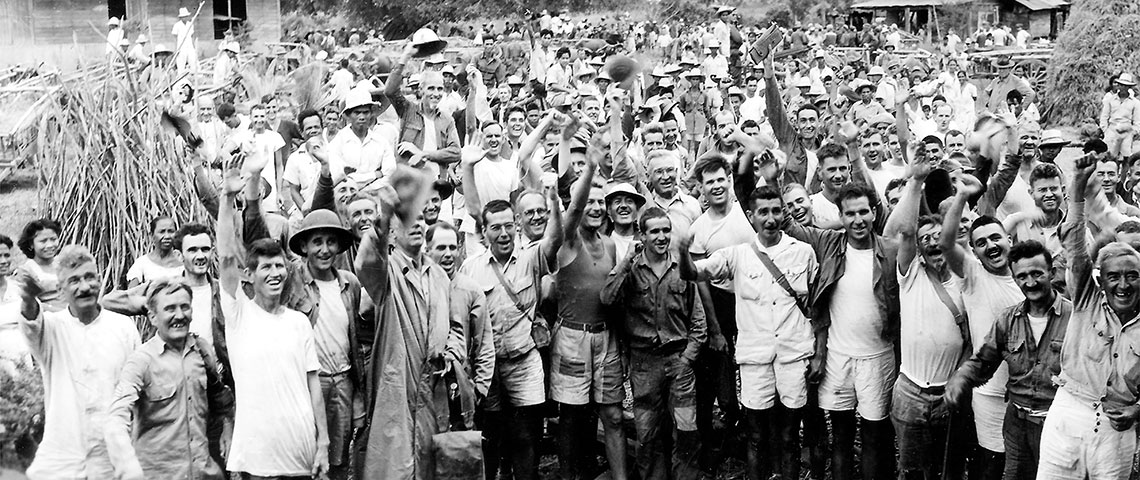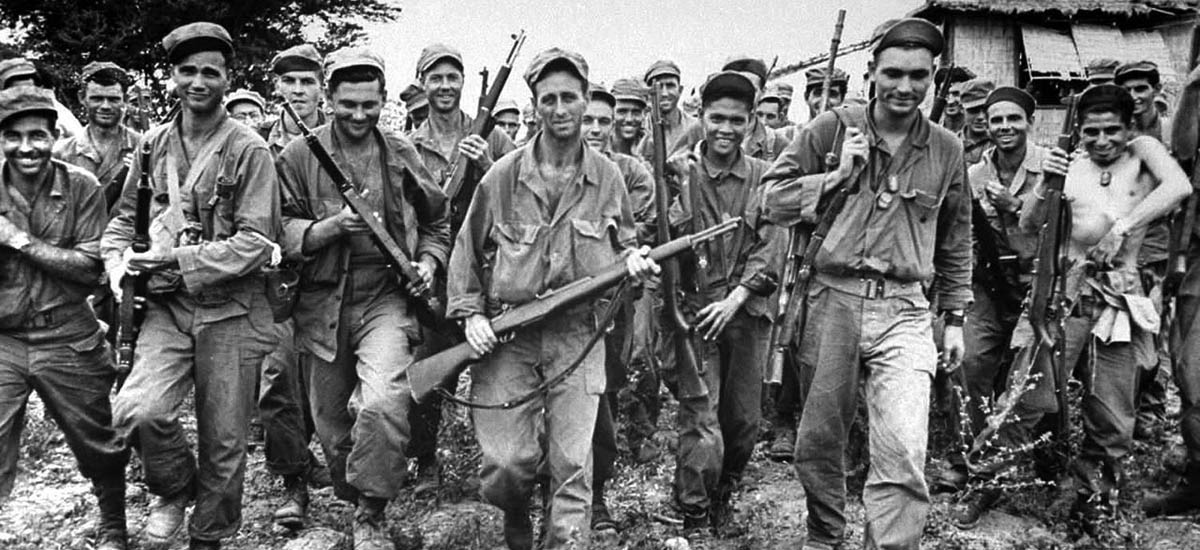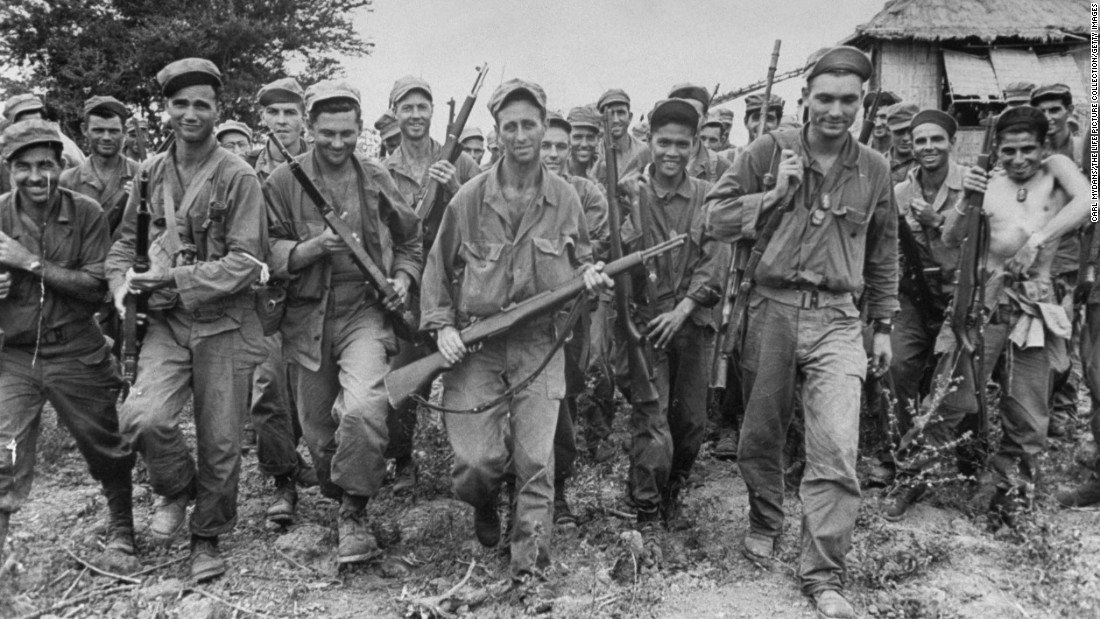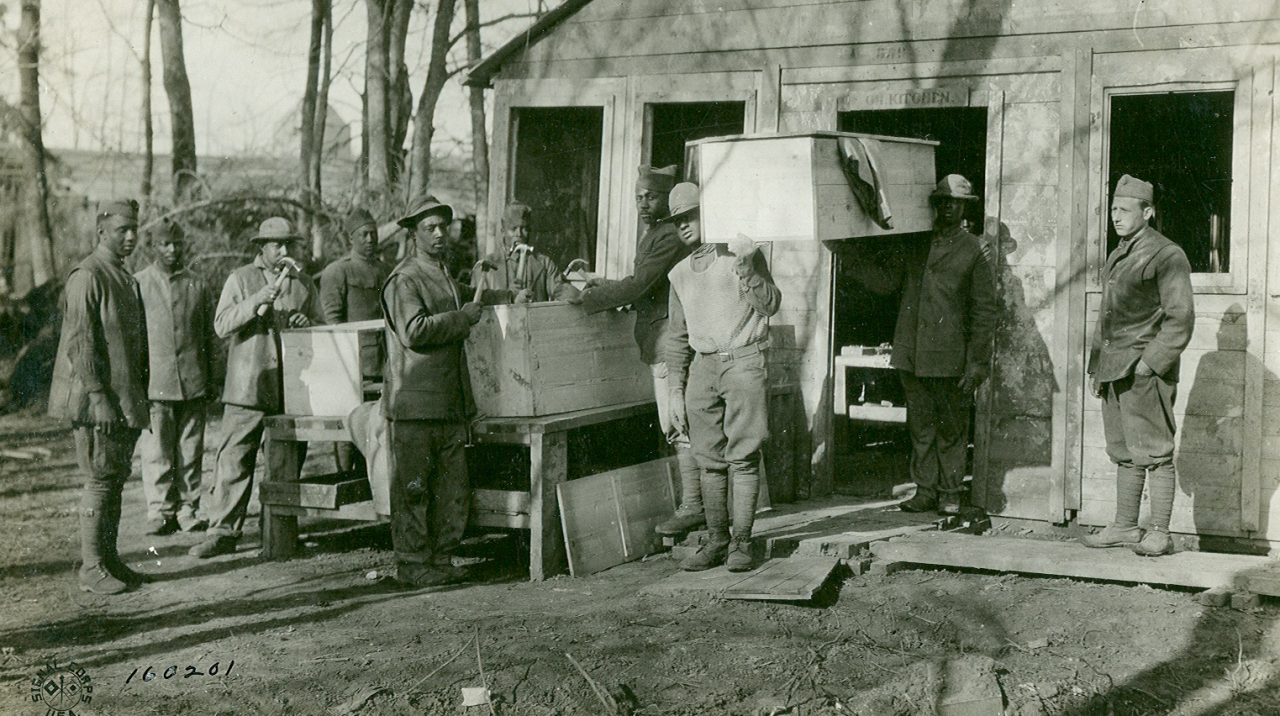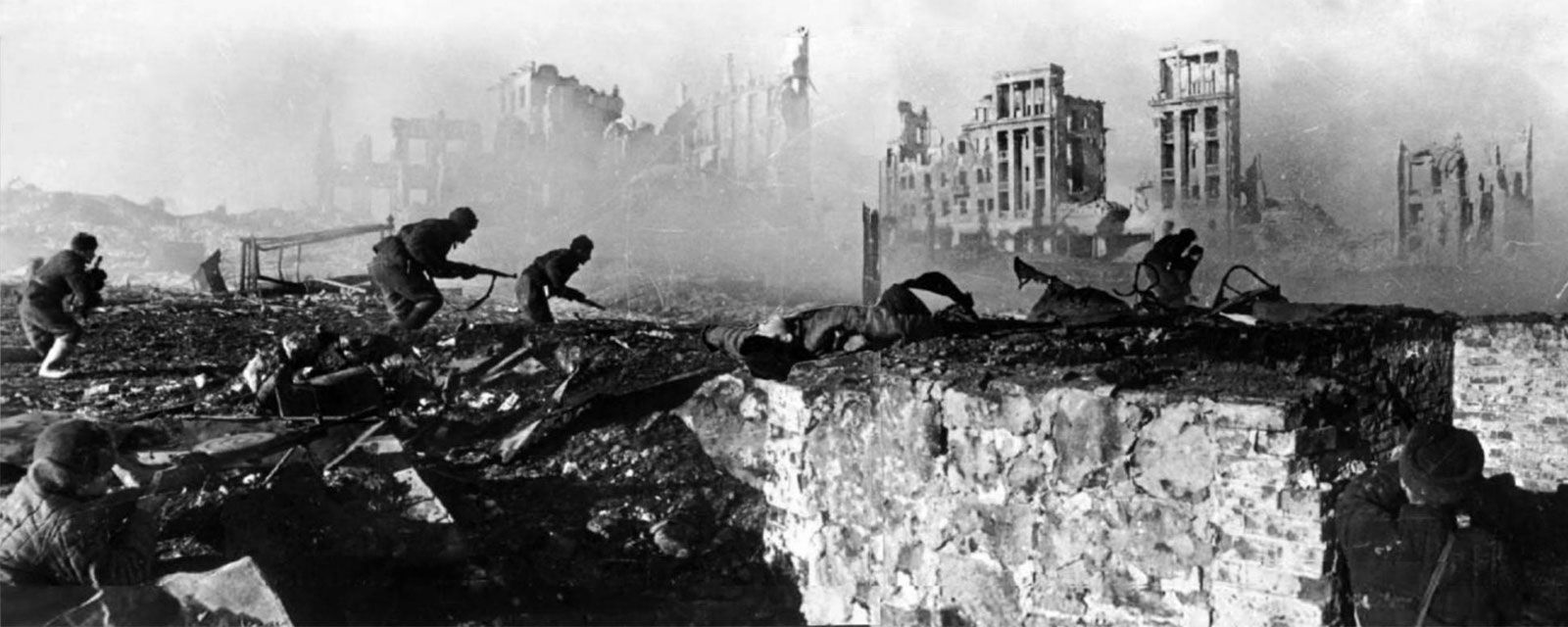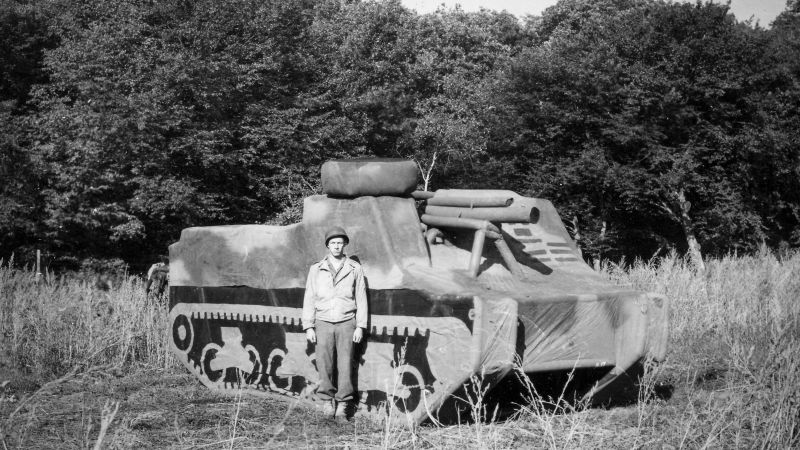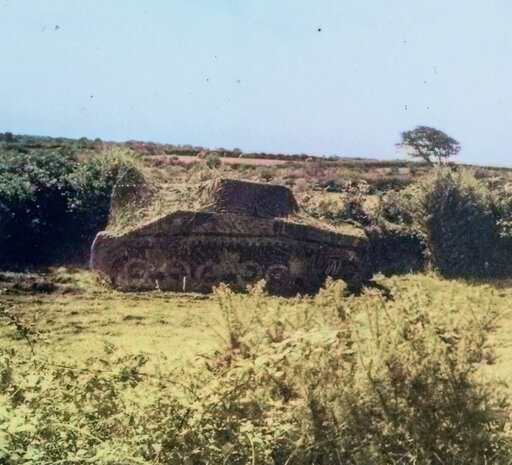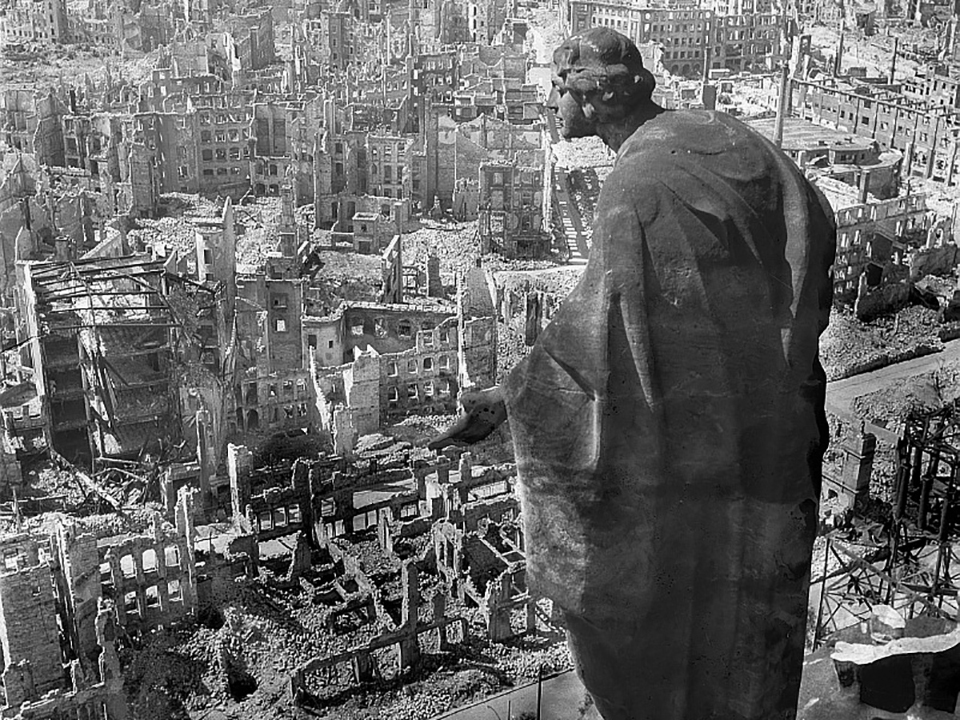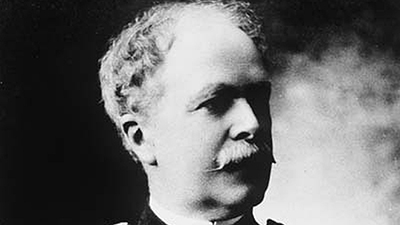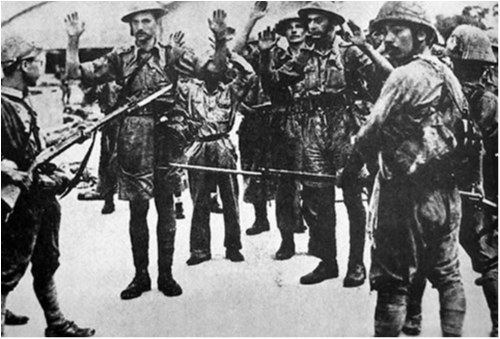BarnBuster
Virtually Unknown Member
Today in Military History:
The Coast Guard Cutter Blackthorn sank Jan. 28, 1980, after colliding with a tanker near the Sunshine Skyway Bridge. Only 27 of the 50-member crew survived. According to written reports, the accident was the Coast Guard’s worst peacetime disaster.
The Blackthorn was a 180-foot buoy tender home ported in Galveston, Texas from 1976 to 1980. Its primary mission was to set and repair aids to navigation on navigable waterways along the Texas and Louisiana coast.
The vessel had just completed an extensive overhaul in a shipyard in Tampa. About 7:20 p.m., Jan. 28, 1980, as the Blackthorn was departing Tampa Bay to return to Galveston, it collided with the 605-foot oil tanker Capricorn, near the Sunshine Skyway Bridge. Reports say both vessels were maneuvering to allow a passenger ship to pass through the channel. Mixed signals results in the two vessels colliding head-on.
During the collision, the cutter became entangled in Capricorn’s seven-ton anchor. The anchor imbedded in the cutter’s hull, ripped open the port side, and as the 990-foot anchor chain became taut, the Capricorn pulled the Blackthorn through the water causing it to capsize. The Blackthorn sank in less than five minutes in 40-feet of water.
A marine board of investigation found evidence of violation of various navigation laws on the parts of the master and pilot of the Capricorn. There were similar findings on the part of the commanding officer and officer of the deck of the Blackthorn. Primary responsibility for the collision was placed on the Blackthorn's captain, Lt. Commander Sepel, as he had made an inexperienced junior officer (Ensign Ryan) officer of the deck and allowed him to navigate the ship through an unfamiliar waterway with heavy traffic.
Consequently, the Coast Guard developed new training requirements and made changes to navigational aids in and around Tampa Bay. In addition, the Coast Guard established the Command and Operations School at the Coast Guard Academy in New London, Conn. The school offers courses to prepare command-level officers and senior enlisted members for command duty afloat. Commanding officers are now required to formally assess risks such as transiting an unfamiliar port at night, are given full discretion, and encouraged to say no if they feel the risks involved are unnecessary.
NTSB collision summary BLACKTHORN CAPRICORN safety recommendations
Marine Casualty Report - Blackthorn Capricorn - DOT Coast Guard
The Coast Guard Cutter Blackthorn sank Jan. 28, 1980, after colliding with a tanker near the Sunshine Skyway Bridge. Only 27 of the 50-member crew survived. According to written reports, the accident was the Coast Guard’s worst peacetime disaster.
The Blackthorn was a 180-foot buoy tender home ported in Galveston, Texas from 1976 to 1980. Its primary mission was to set and repair aids to navigation on navigable waterways along the Texas and Louisiana coast.
The vessel had just completed an extensive overhaul in a shipyard in Tampa. About 7:20 p.m., Jan. 28, 1980, as the Blackthorn was departing Tampa Bay to return to Galveston, it collided with the 605-foot oil tanker Capricorn, near the Sunshine Skyway Bridge. Reports say both vessels were maneuvering to allow a passenger ship to pass through the channel. Mixed signals results in the two vessels colliding head-on.
During the collision, the cutter became entangled in Capricorn’s seven-ton anchor. The anchor imbedded in the cutter’s hull, ripped open the port side, and as the 990-foot anchor chain became taut, the Capricorn pulled the Blackthorn through the water causing it to capsize. The Blackthorn sank in less than five minutes in 40-feet of water.
A marine board of investigation found evidence of violation of various navigation laws on the parts of the master and pilot of the Capricorn. There were similar findings on the part of the commanding officer and officer of the deck of the Blackthorn. Primary responsibility for the collision was placed on the Blackthorn's captain, Lt. Commander Sepel, as he had made an inexperienced junior officer (Ensign Ryan) officer of the deck and allowed him to navigate the ship through an unfamiliar waterway with heavy traffic.
Consequently, the Coast Guard developed new training requirements and made changes to navigational aids in and around Tampa Bay. In addition, the Coast Guard established the Command and Operations School at the Coast Guard Academy in New London, Conn. The school offers courses to prepare command-level officers and senior enlisted members for command duty afloat. Commanding officers are now required to formally assess risks such as transiting an unfamiliar port at night, are given full discretion, and encouraged to say no if they feel the risks involved are unnecessary.
+++++++++++++++++++++++++++++++++++++++++++++++++++++++++++++++
Seaman Apprentice William "Billy" Flores was originally from Carlsbad, New Mexico and attended Western Hills High School in Fort Worth, Texas. In 2000 he was posthumously awarded the Coast Guard Medal, the service's highest award for heroism in peacetime. SA Flores, who had been out of boot camp just one year, opened the life jacket locker as Blackthorn capsized, securing its hatch open with his belt, and made sure that his shipmates were able to access and use the life jackets. His actions saved a number of lives during the accident. His heroic role was initially overlooked by the two official reports by the Coast Guard and the NTSB, but was later given the recognition he deserved. His family was presented with the Medal on 28 January 2000, the 20th anniversary of the tragedy. Seaman Apprentice Flores died aboard Blackthorn. In October 2010, it was announced that the third new Sentinel-class fast response cutter, a 154-foot patrol boat, would be named for Flores.NTSB collision summary BLACKTHORN CAPRICORN safety recommendations
Marine Casualty Report - Blackthorn Capricorn - DOT Coast Guard






